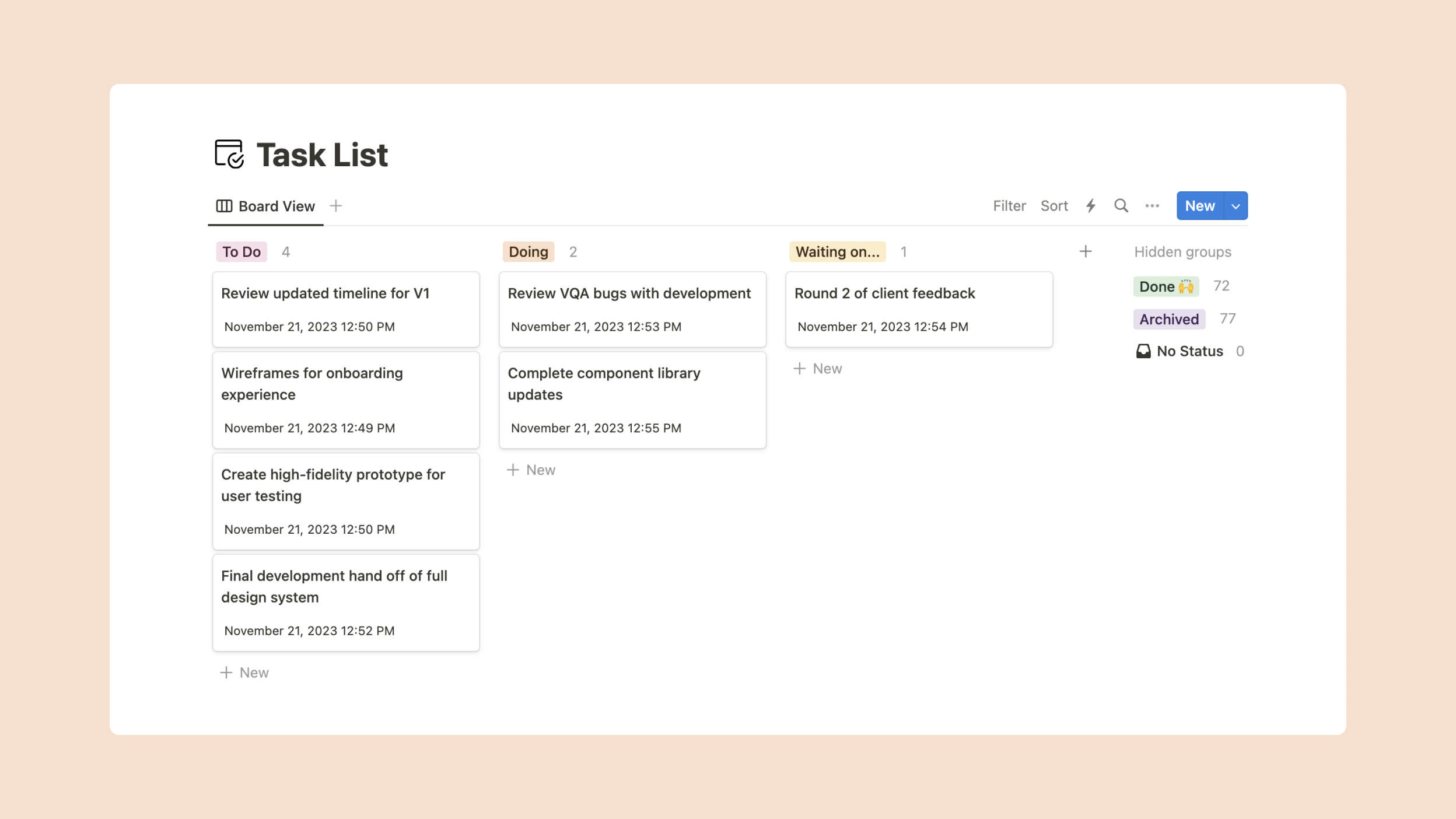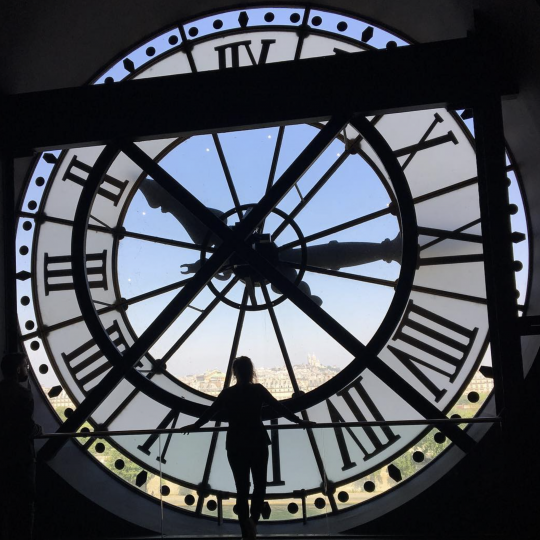Ever wondered what goes on behind the scenes of your favorite apps and websites? Welcome to the intangible world of user experience design, where creativity meets functionality, and user satisfaction is the ultimate goal. Here’s an exclusive peek into a typical day in the life of a UX/UI designer.
Allow me to transport you back to November 13th… you’re already counting down the days until it’s acceptable to listen to Christmas music. There’s a slight chill in the air – thank goodness you have a pumpkin spice latte to cling to for warmth. You’ll be grateful for the caffeine soon because our day is just beginning…

8:00 AM – Team Meeting and Project Planning
Because Spark operates in a fully remote environment, communication and visibility are crucial. This is why every week starts with a status meeting attended by the entire team. We walk through all ongoing projects to align on goals, address challenges, and ensure everyone is on the same page. With a cup of coffee and only a few irrelevant side tangents (ex., Costco’s questionable typographic choices), it’s an enjoyable and productive way to start each week.
9:00 AM – Getting Organized
I have anywhere from 2-4 active projects at any given time, all with their own timelines and deliverables. This is where task planning and time blocking enter the chat. Our project managers set us up for success by defining requirements and milestones, but the execution phase is where I come in. To keep track of all my tasks across various projects, I use an organizational tool called Notion – this upgraded to-do list scratches that itch in my brain that loves crossing things off!

9:30 AM – Design Work Block
Once I understand my tasks for the week, it’s time to start pushing pixels. On an ideal day, I have a solid 2-4 hour block of time for each project I need to work on. The tasks I’m completing change daily – on this day in particular, I was putting some finishing touches on a component library (aka the building blocks of a design system, everything from buttons to accordions to carousels). Other common tasks include:
- Concepting – AKA brainstorming, this involves generating and exploring ideas for a specific product or experience
- Wireframing – Low fidelity design focused on content and functionality rather than visual aesthetic
- Visual Design – Refining the elements of an interface to solve a problem, increasing accessibility or engagement, eliminating usability issues, etc.
- Prototyping – Creating interactive demos that illustrate the intended functionality of the experience
- Quality Assurance (QA) – Testing and evaluating the development of a product to ensure it aligns with the intended design, functions correctly, and provides an optimal user experience
12:30 PM – Internal Design Standup
After all that heads-down time spent designing, it’s time to come up for air and interact with other humans again! Internal standups can occur anywhere from twice a week to daily, depending on the project. These recurring meetings give the project team a set time to align on anything and everything related to that specific project – design feedback, requirements discussions, concept brainstorming – you name it, we’ve probably discussed it during standup.
1:00 PM – User Testing Strategy Sessions
In all my time as a UX designer, I have yet to meet a project that wouldn’t benefit from user testing. On this particular day, I was lucky to have two projects beginning the testing process. First, I had a working session where we drafted a proposal for testing a product detail page on an e-commerce site. After that, we got nerdy talking about taxonomy testing, which involves evaluating and refining the classification and organization of information within a digital product – this is a fancy way of describing what users rely on to find their way around an app or website. This type of user testing ensures that the product’s structure is intuitive, user-friendly, and aligns with the target audience’s mental model for effective navigation and content discovery. It might sound boring, but it’s critical to understand the way people’s brains will interpret and interact with your product.
2:00 PM – Client Review
This is usually the highlight of my day because it’s finally time to share all of our hard work with the client! This particular review occurs every Monday, so the agenda includes all of the progress made within the last week. I share my screen and provide a voiceover summarizing the updates made, the problems we’re solving, our recommendations, and areas that require a client decision or additional requirements. These collaborative sessions allow visibility throughout the design process, course correction when needed, and a consistent touch base that keeps the project rolling.
3:00 PM – Wrapping Up and Planning for Tomorrow
The last hour of my day is usually a catchall for everything left on my to-do list – on this day, I sent out my weekly post-review recap email and came to a good stopping place on the component library project. After logging my hours, I like to end the day with the instant gratification of moving any finished tasks into the “completed” section of my task board – and just like that, everything is all set to start again fresh the next day!
Conclusion
There’s never a dull moment in the life of a UX designer. One of my favorite things about my job is that every day is different… and sometimes, every hour, too! But no matter what problem we’re trying to solve, the goal is always the same: How can we improve a digital experience? Let us show you.

